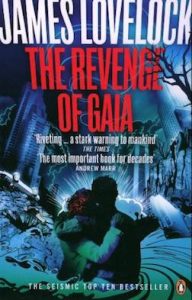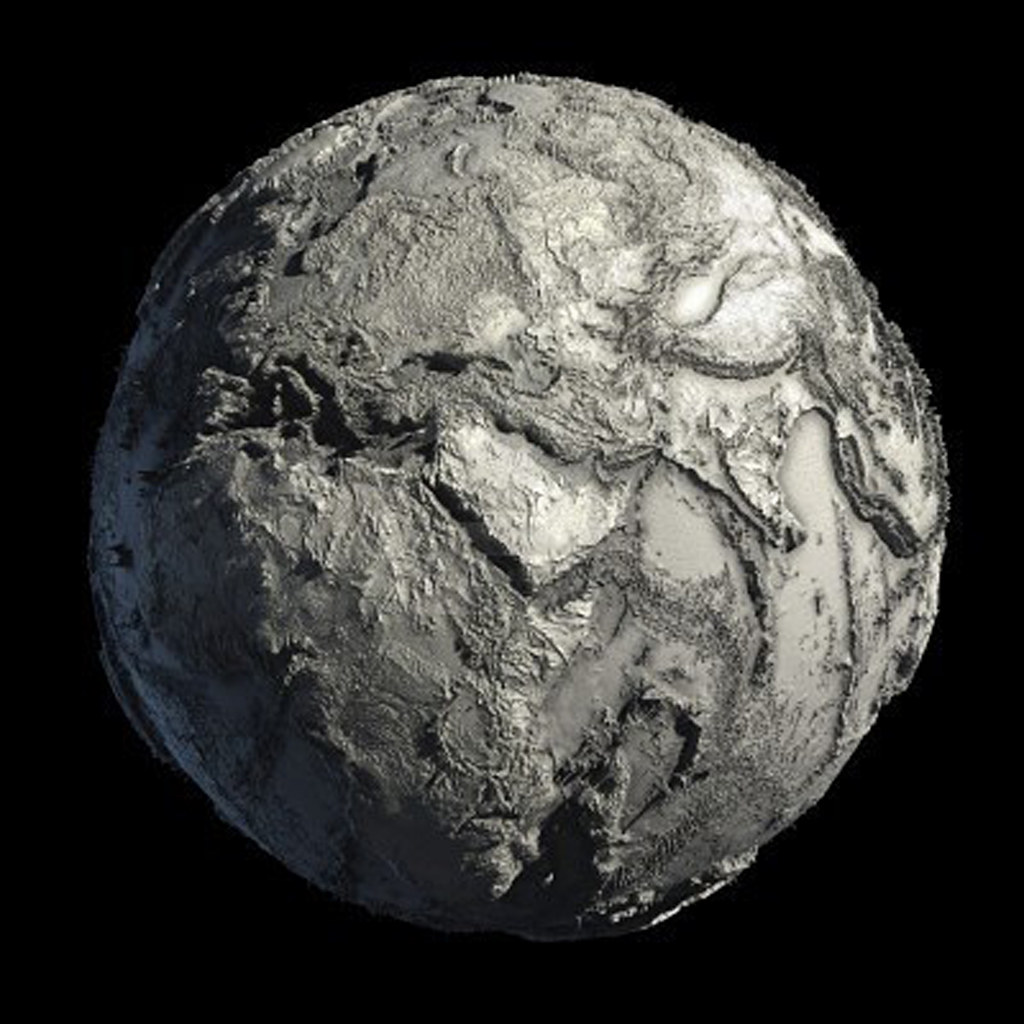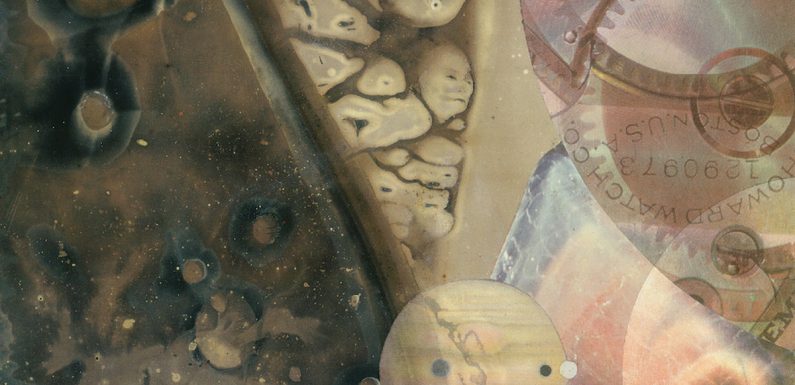

Edward Ka-Spel’s brilliance with The Legendary Pink Dots is to introduce us to isolated characters and then immerse us in their world-view through expansive and mysterious soundscapes. He begins with the most restricted, infinitesimal point of consciousness and then slowly expands it outward towards a state of ‘cosmic consciousness’ (to use the phrase of 1960s psychonauts). Musically, he often follows this template of expansion, with simple melody lines repeating and layering in increased complexity of texture. Much of the LPD’s music is an undertaking to help the listener (and perhaps composer) escape his/her own head. Lyrical phrases, musical motifs, album titles and themes recur across decades, but tonal shifts between albums are slow and subtle. Hopefully, The Legendary Dots Project, like the Residents and Sparks projects before, will provide the keen reader and listener with a giddy entry-point into the Legendary Pink Dots’ musical world. Fulfil the prophecy!
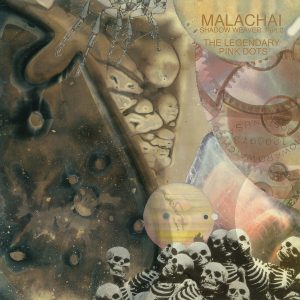
Tom: You know those moments when you just want to put on Basil Kirchin’s Worlds Within Worlds in the earbuds just to shut out worlds you feel little sympathy with? Two male passengers on a train having a go at each other over bad language between Wakefield Westgate and Leeds, neither agent appealing. No mediator appearing. The one doing the complaining actually louder and thus slightly more annoying. Welcome to the world of May’s Britain, 2019; see other missives from this madcap dystopia here, a blog I started since our last instalment of the LPD story. Since December, I have also had a refreshing walk in Plessey Woods, Northumberland, I’ve spoken at the BAFTSS Conference in Birmingham and had a letter published in the Guardian criticising media and TV producers’ historical amnesia over television history. We have also been making preparations for my marriage, to take place in Carlisle on 6 July 2019.
Instead of my customary rambling prose paragraphs on the Legendary Pink Dots, I am here using the form of a poem. Because, lexical concision can signify a necessary arresting of excess economic growth. Or, just that I fancied the absurdly empirical yet quixotic challenge of writing one stanza per song, with the line count of each stanza reflecting the duration of each song in minutes. Here goes, but don’t expect William Blake. He Ka-Spel… Tiger!
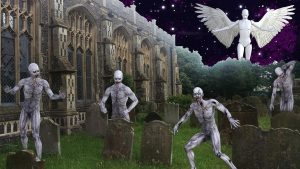
of unlikely proximity to Jethro Tull.
Of persistent doubting, spells are cast:
“Is there anybody up there?”
Buzzing guitar scuttles into wondrous early 90s ether.
I liked 1993, Ashes, Bluebells and Carrie’s War.
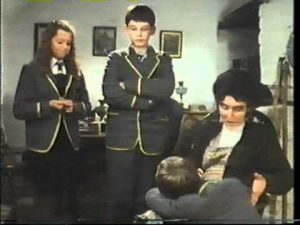
Rueful, cyclical balladry drifts dazed.
His youth was 1968, he scavenges its dreams,
alighting in 1974: power cuts and corruption,
“Maybe we didn’t dream enough…”
A marathon of negation and stasis.
Percolating tape cut-up humdrum:
“Nothing grows, nothing’s changed”,
the steady-state we are not in. Unlike
Sash! This wasn’t going to trouble Gambaccini.

Globules of Badalamenjazz on a grid…
“Look at that caveman, go-go-go!”
The wild life has escaped from the zoo
and inhabits the surreal estate a-go-go:
A détournement of the propertied state.
Bare reverb Joy Division prologue to
Keith Roberts’ Catholic Blighty alt-history:
Good Queen Bess assassinated in 1588,
to the sound of a slow, stately court’s dance.
It ends on resonant, delay-drenched piano.
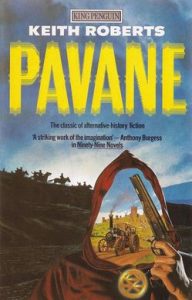 “Behold the human brain! What wonders lie within!”
“Behold the human brain! What wonders lie within!”
Neurosurgery psychedelia tended by nurse with wound.
On screens: News at Ten, Rambo, Tower of Babel,
“You see cables pumping sperm for all the family”,
“Full-frontal lobes” of a “psycho” in “the cuckoo’s nest”.
The Resurrection, slow, in TV’s flow, amid sleaze;
as amoral, wild systems ‘gatekeep’. Zap!
Expansive epic of giddy squalls; like
World War III playing out in a deserted
arcade between renegade poets and priests.
Yellow Magic ‘Interstellar Overdrive’.
Frequency tuning turned musique concrète. Freed. Shrill.
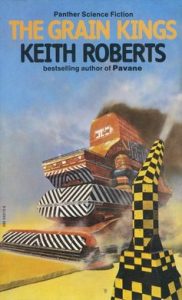 Looser, loping, earthy outer-space funk;
Looser, loping, earthy outer-space funk;
Norman Whitfield or Jeff Wayne murk.
Psychedelic soul, autumn ’72, ’73…
“My planetary choo-choo girl”.
Three years ahead of Haines’s Baader Meinhof,
a gadding, gliding, graceful lead guitar
leads to an aqueous synth squelch. Grand!
Thrown into early Nineties lounge. Night
signified by Angelo B synthetic OST opening.
TRAIN! Maximalist MIDI keyboard, lion-tamed.
A clattering, gawky chaos presaging ‘Firestarter’ in
a cavernous subterranean tunnel.
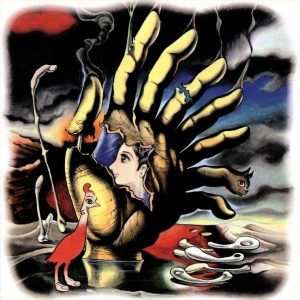
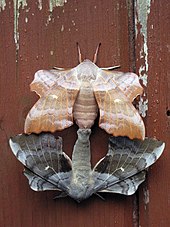
then, a clockwork apple lullaby pierces silence:
“1000 butterflies are dancing on the pylons”.
Violin returns to haunt and comfort amid
Years and Years of planetary catastrophe.
Next, a syncopated potpourri, guardedly major key
but which fades. SILENCE. Drones. Indistinct voices.
Violins circle like keening birdsong as brass gurgles
uneasily, Geiger-coughing. Tis almost Steve Reich but
this graver, braver drone builds to evoke vastness:
empty worlds without us, our benign and malign
sides now equally destroyed, distraught.
Gaia having its impersonal revenge.
Satellites fall out of habit and orbit.
Urban specifiCity, as mournful, verdant synth pads
like in the second series of Press Gang
engulf in emotion. You just want a house beat to kick in
and to dance like it’s ‘Informer’ or ‘Got to Get It’.
But, no, it’s a saxophone, all plaintive ‘Pacific’
drift. To dream, in reverse, of rasping piano innards.
EXEUNT. Sleep.
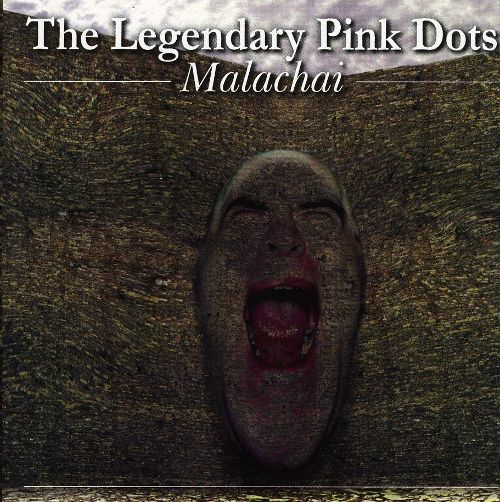
Adam:
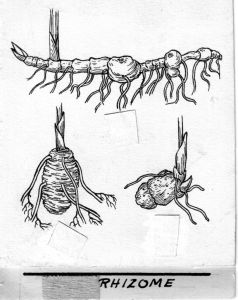
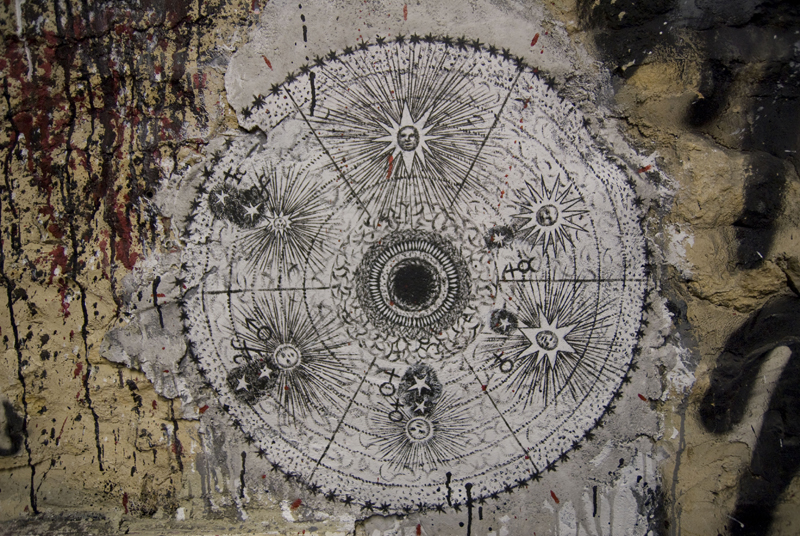
As such, Zappa was consistently concerned with the materiality of sound, often more interested in tone and timbre than in harmony and rhythm as we might traditionally conceive them. This is a quality which also characterizes the output of quintessential maximalists The Residents, with the late Hardy Fox often commenting in interview that he generally approached composition in terms of sculpting individual noises with interesting textures before he thought about how these interestingly-textured noises might work together as parts of a song or longer piece.
Neither Ka-Spel nor The Silverman would be so high-faultin’ as to use the kind of language Zappa would sometimes use when describing his own work(s). If they ever grandstand, it is as a parody of their own self-mythologizing tendencies, delivered with a wink to the punters in the cheap seats. Indeed, I rather have the impression that Edward himself might feel that Tom and I have a tendency to read rather too much into the band’s work, drawing connections from the empty air…
However, in defence of our more academic inclinations, the pair’s joint output certainly does tick many of the maximalist boxes:
- Musical motifs and lyrical fragments from earlier albums are likely to resurface in later songs
- Snatches of film dialogue, political speeches or sound effects are sampled, stolen and repurposed as elements within their distinctive aural collages
- Each successive album often seems to be reaching for some ultimate, inarticulatable Truth that just slipped out of the grasp of the album preceding
Of course, the Dots’ music is generally far sparser than that of Zappa, who was also maximalist in his baroque musical excessiveness. The spaces between sounds are often just as important to Ka-Spel and Knight as the sounds themselves. Zappa never released anything as hauntingly hollowed-out as Apparition (1982), Four Days (1990) or Shadow Weaver (1992).
So maybe the Dots should be considered – to coin a perversely paradoxical phrase – “minimalist maximalists”.
If there is one Dots album that justifies this indulgently spitballed category, it is surely 1993’s Malachai aka Shadow Weaver Part 2 – an album that I swear wriggles away under the microscope, remorphing and transmogrifying like wily protoplasm between my listening sessions! I’m almost tempted to cry conspiracy theory and claim that Ka-Spel and his cronies sneakily upload new and different versions of the album nightly, such is my experience of it, like never being able to step into the same auditory river twice.
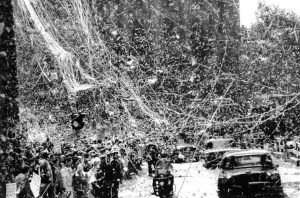
Malachai‘s third track, ‘Encore Une Fois’, does its darndest to come close, however, as exemplified by the looping lyric “There’s a loop inside my brain… Repeat myself again”, which is to philosophy of mind what ‘I Know a Song That Will Get on Your Nerves‘ is to bus songs. Complimenting this lyrical tautology, an alternating bass line twangs back-and-forth while Niels van Hoorn repeats the same maddening motif upon his horn again and again. It proves its point with studied discomfort!
On the 2018/2019 re-master of the album available via Bandcamp, ‘Encore Une Fois’ is paired with its following track, ‘Wildlife Estate’. This is a burbling swamp of a song, somewhat overloaded when listened to on headphones, with the undulating bassline almost provoking a feeling of seasickness in this listener. There’s a similarly nauseous vibrato-warble electronically applied to Edward’s voice. The sinister, insinuating horns recall David Jackson’s sax playing on Van der Graaf Generator‘s ‘Killer‘ (1970), although the general tone and texture of the song are far closer to tracks from der Graaf’s later 1977 album The Quiet Zone/The Pleasure Dome. Sandwiched together the two tracks lodge uneasily in the gullet and would be an off-putting introduction to the Dots for most casual listeners. Unexpectedly, it is only a bizarre noise that recalls a cross between whale song and an air raid siren that intrudes at the end of the track which introduces any sense of musical easefulness.
However, these are not even the two most difficult tracks upon a difficult album! ‘Window on the World’ (a title which I cannot read without immediately recalling the Cardiacs track ‘The Whole World Window‘) is far more discordant still – a pounding robotic punch-up in a junkyard.
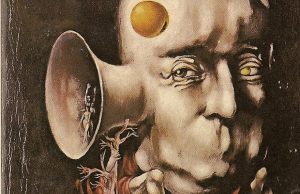
It is an admirably enthralling cacophony and perhaps the closest the Dots have ever come to producing their own version of Zappa’s musique concrète pieces on Lumpy Gravy (1967). It’s the Dots at their most unpalatable, but convincingly dystopian, like J.G. Ballard’s The Atrocity Exhibition (1970) converted by godless algorithms into a malformed sound sculpture. If Harlan Ellison’s supercomputer “AM” from I Have No Mouth and I Must Scream (1967) listened to music, this is what it would sound like.
(Alternatively, try playing a dozen videos of Jiří Trnka’s 1962 science-fiction horror puppet film The Cybernetic Grandma at once from different start times, because over-layering Zdeněk Liška’s electronic score for the film creates an effect not dissimilar to the one created by the Dots here.)
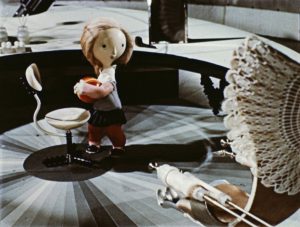
Of course, LPD are hardly strangers to producing challenging or discordant music, so it may be that ‘Encore Une Fois’, ‘Wildlife Estate’ and ‘Window on the World’ only appear especially difficult because they follow in the wake of two acoustic ballads – the curious ‘Joey the Canary’, caught between the sprightly and the elegiac, and the haunting, if somewhat predictable, ‘Kingdom of the Flies’.
‘Joey the Canary’ seems to continue the philosophical enquiries of the narrator of Shadow Weaver, attempting to move beyond his solipsism to skeptically entertain the concept of God. The guitar is strummed sturdily and the flute is trilled melodically, casting an impressionistic shadow of the more flamboyant, performative introspection of the third side of Pink Floyd’s The Wall (1979), featuring ‘Hey You’, ‘Comfortably Numb’, ‘Nobody Home’ and – most significantly for our purposes – ‘Is There Anybody Out There?’… A line transposed in ‘Joey the Canary’ as the repeated refrain of ‘Is there anybody up there?’
The early 1990s is the period in which the Dots stopped being considered part of the industrial-goth scene and started to garner regular comparisons to Pink Floyd. Of course, Syd Barrett’s style of dangerous whimsy was apparent in Ka-Spel’s lyricism as far back as ‘Phallus Dei‘ and ‘Frosty‘ on Only Dreaming (1981). Indeed, for what it’s worth, I’d personally consider the period of the Dots’ earliest releases to coincide with the period of Pink Floyd’s last worthy output. With the notable exception of ‘High Hopes‘ from The Division Bell (1994) I have a dim view of Floyd’s last three albums so it is almost as if Ka-Spel, Wright and co. can be appreciated as getting British experimental rock back on track at the exact point where Pink Floyd lost their way. (This is much as Adam Cadre has argued that Sparks, with their first album released a year after Let it Be in 1970, can be enjoyed as a continuation of a musical project begun by The Beatles).
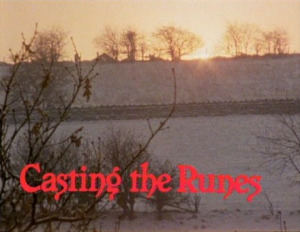
Of course, after 1984, the Dots could be thought of as more of a Dutch band than a British one, especially with the inclusion of Niels van Hoornblower. It was with the move from Britain to Holland and the ensuing change in line-up, that the Dots started producing acoustic ballads like ‘Casting the Runes’ (an M.R. James reference) or ‘I Love You In Your Tragic Beauty’ that ‘Kingdom of the Flies’ continues the tradition of. The track seems to work quite hard at worming its way under one’s skin, but – for me at least – mostly ends up just skimming the follicles. I like the idea of the song suggested in my memory when I read its lyrics, but find it faintly underwhelming in execution when I actually go to listen to it.
I consider track five, ‘Pavane’, rather more convincing… though I suspect that is, in large part, due to its inclusion of muffled children’s shouting as ambient noise. This recalls childhood swimming lessons for me and so borders upon being an ASMR-trigger. The piece sounds like what I imagine it literally was – a strung-out ambient jam between the Dots and Steven Stapleton, who also produced the album. As such, it is laudably alive with organic textures, but restricted in other musical pleasures. However, textures should really provide pleasure enough for any experimental music fan worth their salt!
If Side A of Malachai is decidedly abstract and abstruse, then Side B is a good deal more earthbound, though hardly reassuringly so. ‘On the Boards’, as its name implies, samples a squeaking floorboard to surprisingly funky effect. The funk is deliberately stumbling and squelchy rather than smooth, however; almost flatulent. A skank beat starts and then dissipates. A keyboard farts ominously. There are sounds that remind me of those made by repeatedly twanging a spring doorstop in my late gran’s house as a kid. My gran used to call farts “windy pops” and here Ka-Spel calls having sex “making whoopee”. Infantile love talk continues with “My planetary choo-choo girl, you got me in a superwhirl”, which reads like a line straight out of The Beatles’ naffest psychedelia, a parody by The Dukes of Stratosphear, or a forgotten lyric from ‘Wowie Zowie’ as sung by Mathilda Plum Doucette Zappa. I actually find the track more profoundly irritating than ‘Encore Une Fois’… I’d even go as far as saying it makes me feel quite angry! This is partly because, try as I might, I can’t but imagine the song’s two lovers as anything but self-absorbed yuppies (which I think might be the point…) – specifically, the insufferable Trip and Grace from Michael Mateas’ and Andrew Stern’s AI based interactive story game Façade! Also, the fact that a fair amount of the song sounds like farting and wet thighs being slapped together upsets my OCD. Ultimately, the Dots have given a sharper satirical edge to squicky sex songs before with the likes of ‘Love in a Plain Brown Envelope‘, ‘The Dairy‘ and ‘Maniac‘.
The 2018 Bandcamp remaster of the album is capped with a track called ‘On The Swords Re-Imagined‘, which is basically a sliced and diced condensed version of the album’s more ambient passages and – to my ears – a far preferable version of ‘On the Boards’ without vocals but with added jazzy electronic burbles! The piece sounds more delicately textured and sexy rather than simply squamous.

‘On The Sword Re-Imagined’ actually takes off directly from what was originally the last track of the album, ‘Paris 4 a.m.’, starting with a continuation of the sampled snoring that was originally the album’s end. Matt Van Dyke has joked in his review of the album (archived on brainwashed.com) that the snoring may be to reflect the fact that “it is almost a strain to listen to the album, there is so much there, and by the end you are practically exhausted and ready to go to sleep”. The track itself however is a very easy listen and could be placed on a ’90s chilled jazz album without much disturbance. It features a gorgeous, crystalline piece of sax playing and some choice ambient drones, which only venture ever so slightly into the discordant as though haunted by The Shape of Jazz to Come (1959). Boring the snoring comes a curious clattering panoply of objects like the scene in the anime Welcome to the N.H.K. (2006) when the protagonist hallucinates all of his household appliances coming to life.

For me though it is the 19 minute mini-magnum opus ‘We Bring the Day’ which makes this album worth treasuring. ‘We Bring the Day was arguably, as of 1993, the Dots’ greatest achievement to date, perfectly fusing their facility for field recordings and musique concrète, with their ability to conjure deeply eerie tones through the cultivation of weird electronic and organic noises. It contains stretches of the Dots at their most dissonant (the Sunday morning kid’s TV mechanical-wondrous clatter of 2:50 like a possessed TV screening Pee-wee’s Playhouse or a video by Jack Stauber on repeat) and their most melodic (the utterly rapturous glockenspiel-like keyboard tune that begins at 9:34 which reminds me of Carl Orff‘s ‘Gassenhauer‘). The real centrepiece of the track comes at 5:16 with some of Patrick Wright’s most sweetly accomplished violin playing, bittersweet in its fine blending of mournful tones and hopeful high notes. Then a rink-a-dink tune as though played upon a miniature pipe organ by Bagpuss‘ mice chugs into life, heralding the day. The lyrics could almost be sung by the aforementioned anthropomorphic household objects – but more likely, I think, the song is a lyrical expression of the dawn chorus, reminding us human listeners to the ways in which this Earth’s “paragon of animals” (Hamlet, 2.2.299) “bring life … fill the deathly silence … guard you from the borders”. In recent months I have been engaged with a great deal of activist work with Extinction Rebellion and so have felt increasingly keenly aware of the thinning and hollowing out of the dawn chorus here in my home village of Nacton (where I am typing from my parents’ house); the lack of stag beetles trundling their way down the path or fighting by hedgerows; the diminished ranks of snuffling hedgehogs… Where previously “one thousand butterflies” would swarm the buddleia bushes in the gardens of the village, now lonesome cabbage whites alight alone upon flowers in the absence of any swallowtails or skippers.
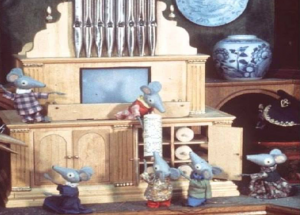
In the 30-odd years I have been living upon this Earth, the populations of vertebrates have plunged, on average, by 60 percent; just at the start of the month the U.N. warned the world that 1 million species currently face extinction because of humans’ lifestyles and escalating biodiversity loss; 40 percent of insect populations are in rapid decline, threatening a complete collapse of nature. All the miowing, mooing, barking, ribbeting, croaking and cawing sampled on the track, including our own voices, might soon be replaced by just “the deathly silence”.
The song hints that we must turn away from our selfish, stubborn anthropocentrism to understand ourselves as just one actant within a flat ecology of living, breathing and non-living, breathing things.
Else we (the great, encompassing, maximalist we of the cosmos and the Great World) will no longer be protected from the borders.
